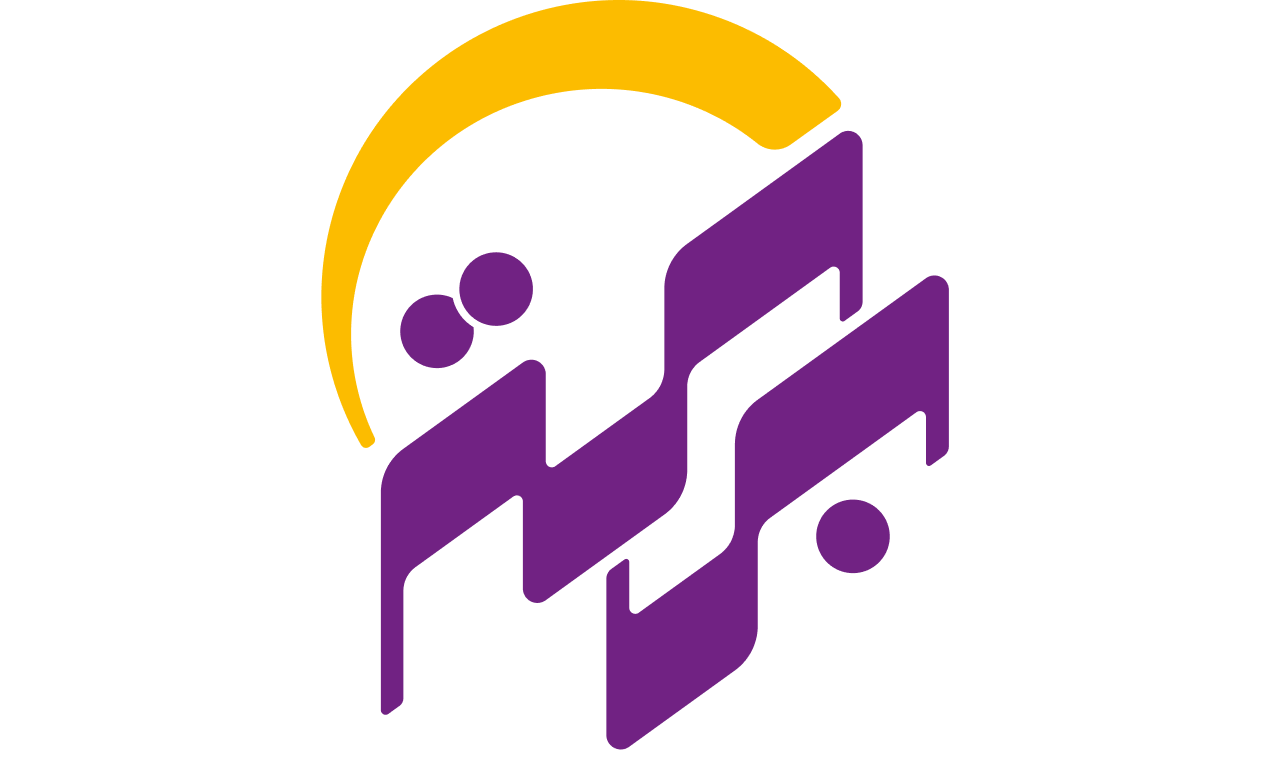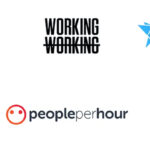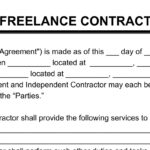Why Time Tracking Matters for Remote Developers
Remote development gives you flexibility, but it also creates risk: time can disappear without you realizing where it went. Whether you’re billing clients, managing your own hours, or trying to improve your workflow, tracking time is a critical habit.
This guide compares the top 10 time tracking tools for remote developers in 2025. No fluff, no hype—just clear pros and cons to help you make a smart decision.
What Makes a Time Tracker Useful for Developers
This list focuses on tools that actually fit a developer’s workflow. Each one was evaluated based on:
-
Ease of use across platforms
-
Idle time detection
-
Project and client tracking
-
Integration with tools like GitHub, Slack, or Trello
-
Exporting reports or generating invoices
-
Pricing transparency
Quick Comparison Table
| Use Case | Best Tool |
|---|---|
| Best free overall | Clockify |
| Cleanest user interface | Toggl Track |
| Most automated insights | RescueTime |
| Time tracking plus invoicing | Harvest |
| macOS-focused tracking | Timing |
| Open-source and private | ActivityWatch |
| Team time tracking | Hubstaff |
| Lightweight time tracking | Tick |
| Privacy-first option | TMetric |
| Git integration | Wakatime |
The Top 10 Time Tracking Tools for Remote Developers
1. Clockify
Best free time tracking tool.
-
Free forever for unlimited users and projects
-
Web, desktop, and mobile apps
-
Manual and timer-based tracking
-
Includes reporting, tags, and billable hours
Downsides:
Interface is basic. Lacks some automation features.
Best for: Freelancers and teams on a budget.
2. Toggl Track
Fast, clean, and easy to use.
-
Intuitive interface
-
Great for manual or automatic tracking
-
Works across all devices
-
Offers calendar view, idle detection, and reminders
Downsides:
Advanced features cost more. Limited invoicing.
Best for: Developers who want a frictionless experience.
3. RescueTime
Tracks what you actually do, not just what you log.
-
Automatic tracking of apps and websites
-
Focus session tools to block distractions
-
Detailed productivity reports
-
No need to manually enter time
Downsides:
No manual edits or client-based time logs.
Best for: Solo developers who want to analyze real productivity patterns.
4. Harvest
Track time, generate invoices, and manage clients.
-
Simple UI with project and client tagging
-
Built-in invoicing and payment tracking
-
Integrates with Trello, Slack, GitHub, and others
-
Exportable reports for billing
Downsides:
Free plan is limited to one user and two projects.
Best for: Freelancers who need time tracking plus invoicing.
5. Timing (macOS Only)
Tracks everything on your Mac automatically.
-
Native Mac app with great performance
-
No need to start or stop timers
-
Categorizes time by app, file, and domain
-
Visual timeline helps spot distractions
Downsides:
macOS only. Not ideal for collaboration.
Best for: Solo macOS developers who want fully automatic tracking.
6. ActivityWatch
Free, open-source, and privacy-first.
-
Automatic time tracking
-
Works offline and stores data locally
-
Tracks window titles, app usage, and idle time
-
Export data easily in multiple formats
Downsides:
Manual editing and project tagging are limited.
Best for: Developers who want transparency and control over their data.
7. Hubstaff
Built for remote teams and contractors.
-
Time tracking with activity monitoring
-
Screenshots, app usage, GPS tracking (optional)
-
Payroll and invoicing features
-
Real-time reporting for managers
Downsides:
Not ideal for solo users. Some privacy concerns.
Best for: Remote teams and agencies managing contractors.
8. Tick
Simple, task-based time tracking.
-
Lightweight and focused on budgets
-
Set time estimates per task or project
-
Track time against budgets in real time
-
Integrates with Basecamp and QuickBooks
Downsides:
Basic interface. Lacks automation.
Best for: Freelancers managing fixed-price projects.
9. TMetric
Privacy-conscious alternative with team features.
-
Manual and automatic tracking
-
App and web usage stats
-
Offline time tracking
-
Optional screenshot logging
Downsides:
UI is less polished than Toggl or Harvest.
Best for: Teams or individuals focused on privacy and control.
10. Wakatime
Track coding activity directly from your editor.
-
Integrates with VS Code, JetBrains, Atom, and more
-
Tracks time spent by file, language, and project
-
Developer-focused stats and dashboards
-
Works silently in the background
Downsides:
Not designed for billing or client work.
Best for: Developers who want insight into their actual coding time.
How to Choose the Right Tool
Before picking a tool, ask:
-
Do you need billing or just productivity tracking?
-
Are you solo or managing a team?
-
Do you want manual control or full automation?
-
How much visibility into your work do you want?
Start with a free option. Use it for a full week. If it feels like a burden, try something else. The best time tracker is the one you’ll actually use.
Final Thoughts
Time tracking is more than admin. It’s how remote developers stay accountable, protect their time, and grow their income. Whether you’re billing clients, preventing burnout, or just understanding your workflow better, the right tool will make a noticeable difference.
If you’re unsure where to start, begin with Clockify or Toggl Track. They’re free, reliable, and cover the basics well. For automated productivity tracking, RescueTime is a strong choice. And for total control, ActivityWatch or Wakatime may be the better fit.
The key is to start simple and iterate.






















